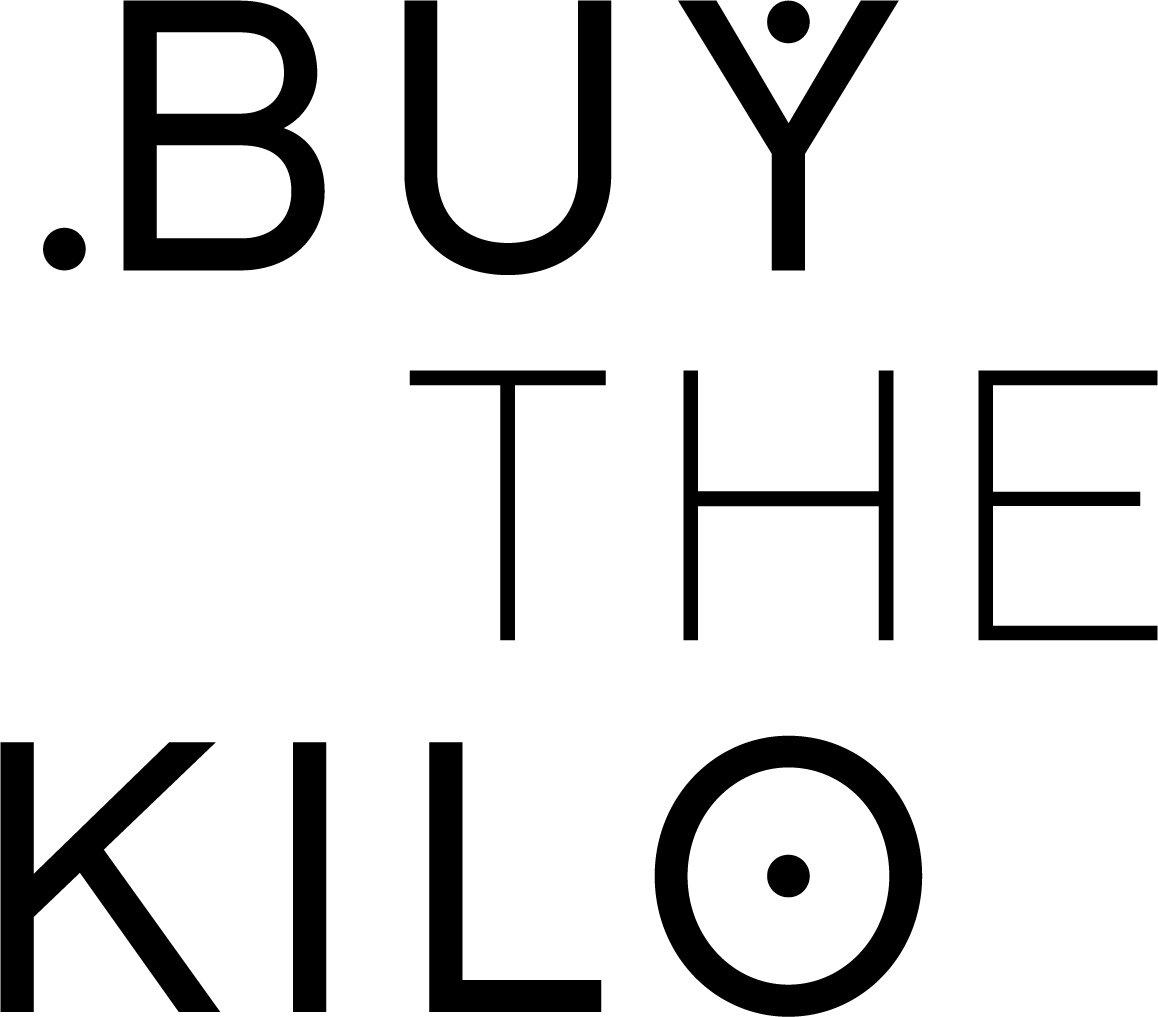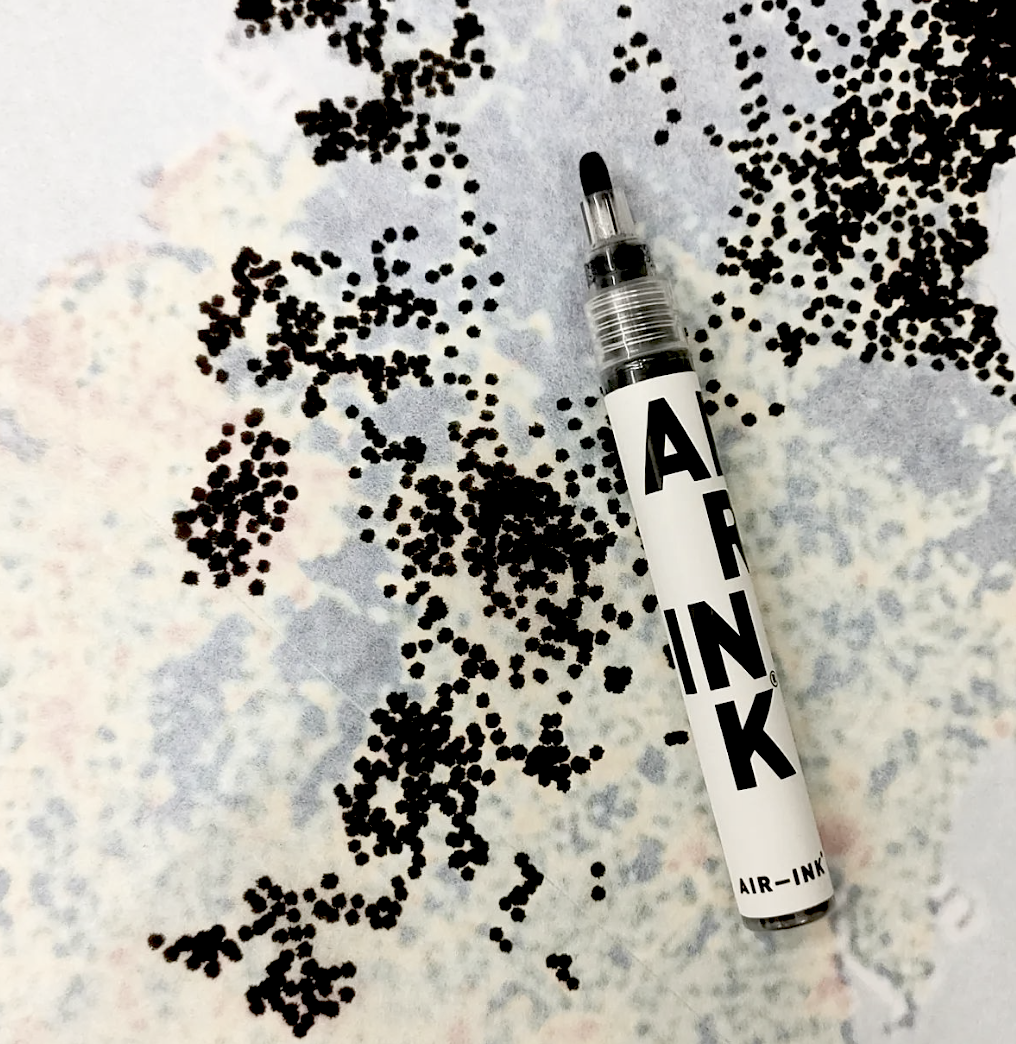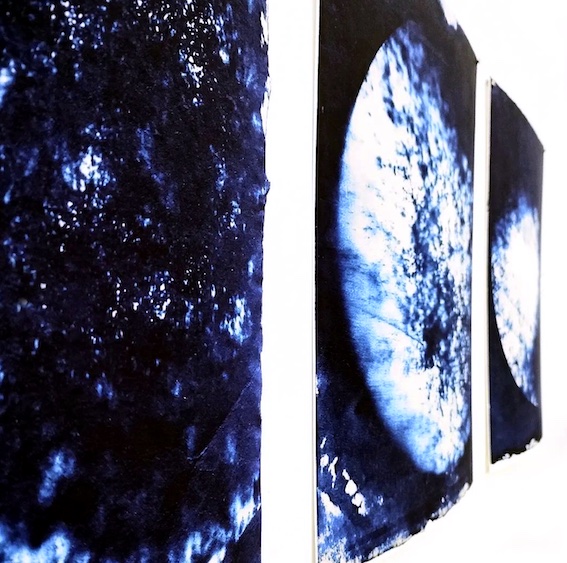2024 EXHIBITION PROGRAMME
THE MICRO COSTS OF CLOTH
All artists submitted work under the brief ‘The micro costs of cloth’
We are delighted to share with you our programme for the year.
January
Agatha Smith
February
Flora OHartandi
https://floraoh.wordpress.com/
March
Eloise Dethier-Eaton –
April
Elly Platt
www.instagram.com/takeitupwearitout
May
Christine Sawyer
June
Sam Pickette
www.sampickettsomewhereelse2017.com
July
Anne Fromontreal
https://www.instagram.com/reel/CPt7ebzBx6Y/
August
Nerissa Cargill Thompson
September
Community Exhibition
October
Rachael Sewell
@rachael_d_brien
November
Laura Buckle
December
TO BE CONFIRMED



